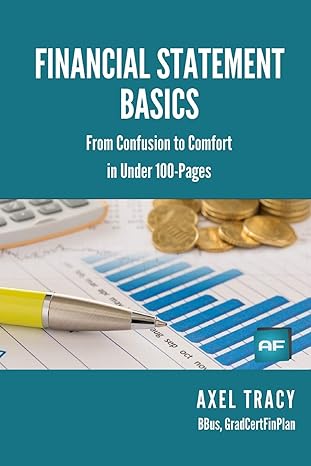Answered step by step
Verified Expert Solution
Question
1 Approved Answer
e) Suppose that it is possible to supply market 1 directly from plant 1 (i.e., bypassing the warehouses). How would you modify the original LP
e) Suppose that it is possible to supply market 1 directly from plant 1 (i.e., bypassing the warehouses). How would you modify the original LP to take this distribution route into account? Suppose direct shipment between plant 1 and market 1 cost 2.5 per desk. Should the company modify its distribution plan? [20%] f) How do you interpret the zero reduced cost for shipment between warehouse 1 and market 3? [10%] g) Suppose that warehouse 2 can handle only 50,000 desks per year. How would you modify the LP to account for this constraint? [15%] 2. SECTION A: Candidates should answer one question from this section Company X produces office desks at two plants. Plant P1 has an annual capacity of 200,000 desks; plant P2 has an annual capacity of only 60,000 desks. There are three different market areas for desks. Each market requires at least the following shipments: market 1: 50,000 desks per year, market 2: 100,000 desks per year, and market 3: 50,000 desks per year. Desks can be shipped from the plants to the markets via two warehouses. The distribution cost per desk between plants and warehouses, and between warehouses and markets are shown in Table 1. (Note: '- - in the Table means that this distribution route is not relevant or not possible at the moment.) Table 1: Distribution cost ( per desk) between plants and warehouses (W/H) and between warehouses and markets To: W/H1 From: P1 P2 W/H1 Warehouse 2 Unit cost To: Warehouse Market Market 2 Market 3 Total sign 1435950 Capacity Pant GOODD 00000 Demand Market T 50000 Demand Market 2 100330 100000 Denat Merke 60000 K 50000 Flow beasca WIHT 0 W/H 2 5 Market 1 Market 2 Market 3 300-Obj Constraints 50000 0 140000 10000 30000 Final Shadow Warehouse 1 Warehouse 2 Market Market 2 Matt Cell Name 2 Figure 1: Excel layout Final Reduced cable b Valus Cost Coefficient Increase Decrease 140000 $C$18 Capacity Plant 1 $C$19 Capacity Plant 2 $C$20 Demand Market 1 $C$21 Demand Market 2 $C$22 Demand Market 3 $C$23 Flow balance W/H 1 $C$24 Flow balance W/H 2 Value 140000 Price Constraint Allowable Allowable R.H. Side Increase Decrease 0 200000 1E+30 60000 60000 -1 60000 90000 10000 50000 3 50000 60000 50000 100000 4 100000 60000 50000 5 50000 10000 90000 50000 0 0 0 60000 0 3 0 10000 140000 90000 W/H 2 The company's problem is to find out how many desks to produce at each plant, and how to ship the desks to the markets such that the total distribution cost is minimised. A linear programming model was formulated the Excel layout (with optimal solution) and the Solver sensitivity report are shown in Figure 1 and Figure 2. 3015 P120WH2 Call Nam SC34 Pro WH 11 SCSS Part 2 to WH 1 T TEQO 5054 Fart to WW2 1E-30 SESS Wto Market 50000 D 2 2 FIT WH2 Manuel 1 100 $50 WHI 00000 4 0 ST WH2 10000 1 BOST WH2 Menel S 50000 D Figure 2: Sensitivity report e) Suppose that it is possible to supply market 1 directly from plant 1 (i.e., bypassing the warehouses). How would you modify the original LP to take this distribution route into account? Suppose direct shipment between plant 1 and market 1 cost 2.5 per desk. Should the company modify its distribution plan? [20%] f) How do you interpret the zero reduced cost for shipment between warehouse 1 and market 3? [10%] g) Suppose that warehouse 2 can handle only 50,000 desks per year. How would you modify the LP to account for this constraint? [15%]
Step by Step Solution
There are 3 Steps involved in it
Step: 1

Get Instant Access to Expert-Tailored Solutions
See step-by-step solutions with expert insights and AI powered tools for academic success
Step: 2

Step: 3

Ace Your Homework with AI
Get the answers you need in no time with our AI-driven, step-by-step assistance
Get Started


